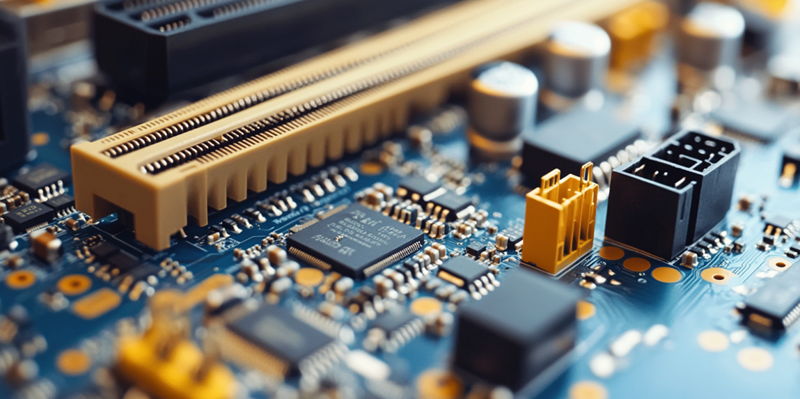MSI’s Project Zero, an innovative line of motherboards that relocate all connectors to the backside, aims to create a cleaner and more streamlined build experience for users. Initially introduced in May 2022, Project Zero aims to not only improve the aesthetics and interior airflow within PCs but also simplify the assembly process for enthusiasts and professionals alike.
Expanding the Lineup
Encouraged by the initial success of Project Zero, MSI plans to expand this innovative concept with next-generation motherboards compatible with both AMD and Intel platforms. As AMD and Intel prepare to launch their new desktop platforms, MSI has announced that three Project Zero boards will be produced for Intel’s Arrow Lake platform and two for AMD’s AM5 platform. Previous iterations of Project Zero supported Intel’s Z790 and B760M, as well as AMD’s B650M chipsets. This indicates that MSI is likely to continue supporting both ATX and mATX form factors with the new models.
A Fresh Take on Motherboard Layout
The fundamental concept of Project Zero involves relocating connectors such as power, SATA, USB, and fan controls to the back of the motherboard. While this new layout undoubtedly results in a cleaner and more appealing build, it does require compatible chassis. To address this, MSI will provide suitable cases like the MAG Pano 110R PZ and the Pano 100R PZ, both designed to showcase the motherboard’s clean look through a 270-degree wraparound side window. However, the limited availability of compatible cases may pose challenges to the widespread adoption of Project Zero.
Challenges and Competitors
One key limitation of Project Zero is the need to connect cables to the GPU externally for power, preventing an entirely cable-free setup. Asus offers a potential solution by developing GPUs that draw power through an additional slot behind the PCIe interface, powered directly by the motherboard, resulting in a cleaner aesthetic. Despite this issue, MSI’s commitment to Project Zero is unwavering, and there is hope that other manufacturers like Asus and Gigabyte—with their respective Back to the Future hardware and Project Stealth—will explore and adopt similar innovative approaches.
The Road Ahead
MSI’s Project Zero represents a groundbreaking line of motherboards designed with a unique twist: all connectors are relocated to the backside. This innovative approach, introduced in May 2022, aims to offer users a cleaner, more streamlined PC build experience. By moving the connectors, Project Zero sets out to enhance not only the aesthetic appeal of the build but also its functionality. This design significantly improves internal airflow, which is crucial for maintaining optimal performance and avoiding overheating issues. Beyond aesthetics and airflow, one of the standout features of Project Zero is its potential to simplify the assembly process. Whether you’re a seasoned professional or an enthusiastic hobbyist, this new design can make assembling a PC more straightforward and less cluttered. The relocation of connectors ensures fewer visible cables and a more organized build, making it easier to manage and upgrade components. MSI’s Project Zero is thus setting a new standard in motherboard design, prioritizing both form and function to improve the overall user experience.

